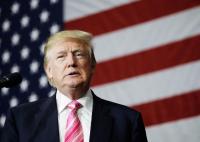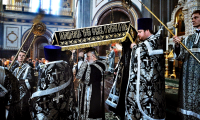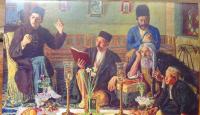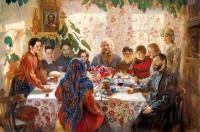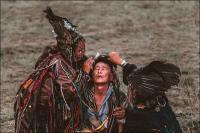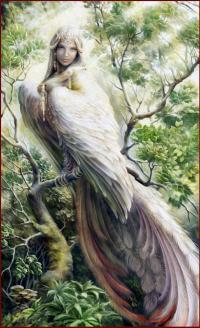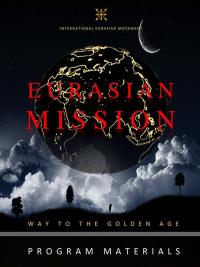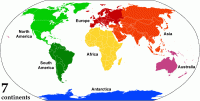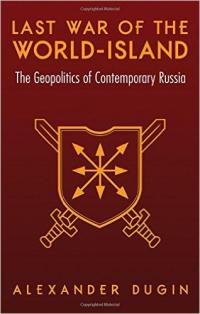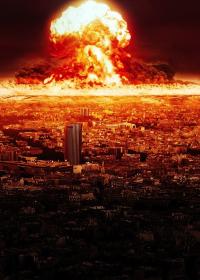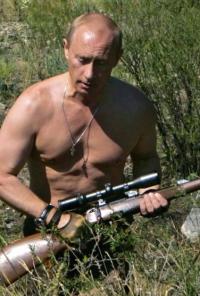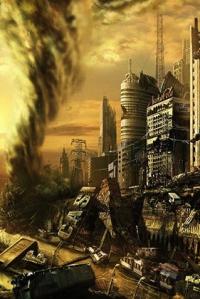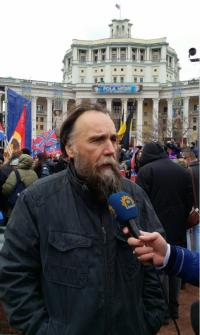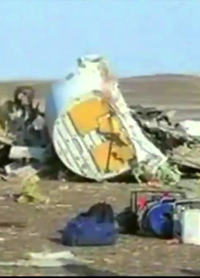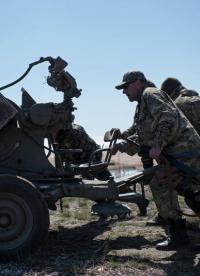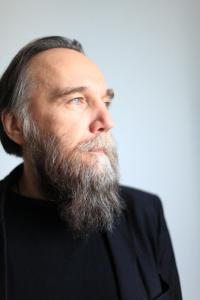The role of the hegemony of the western civilization in creating extremist Islamists
No religion resisted against the extensive hegemony of the modern culture as Islam did. In other words, Islam is the only religion that didn’t melt into the modern culture. Other religions like Christianity reacted against the modern culture and civilization, but soon they gave it up and came to recognize it. The internal structure of Islam is in a way that calls its followers to a permanent struggle against anything strange other than itself. this is a religious obligation that one’s success in this world and hid salvation in the next world is bound to this. If Muslims give up this duty for a while it isn’t going to cease forever. From the time that the third world came to know the modern civilization a process began to grow; the enlightened class of these societies were influenced by the new civilization and it went on to the level of being bewitched and crazy with it. They rejected their ethnic and local cultures in all aspects. There was an unquestionable sovereignty for the modern civilization and its values in the decisions made for these societies. On the other side there was an implicit confession from the lay people who in spite of living in their traditional atmosphere, submitted the priority of the modern culture or at least didn’t express their disagreement.


